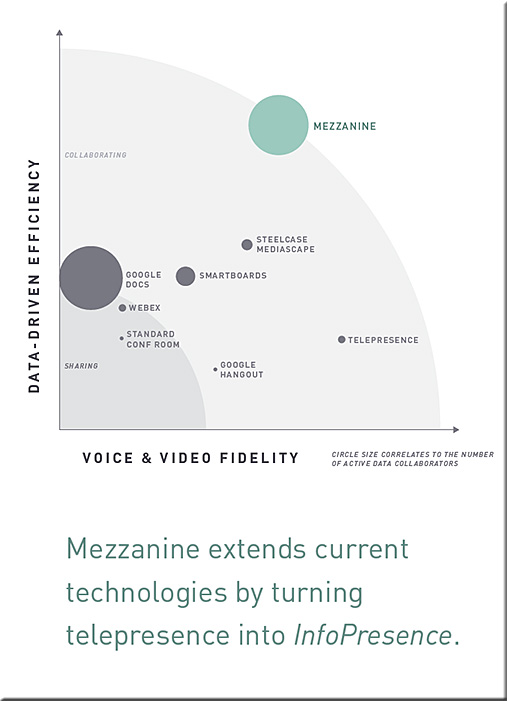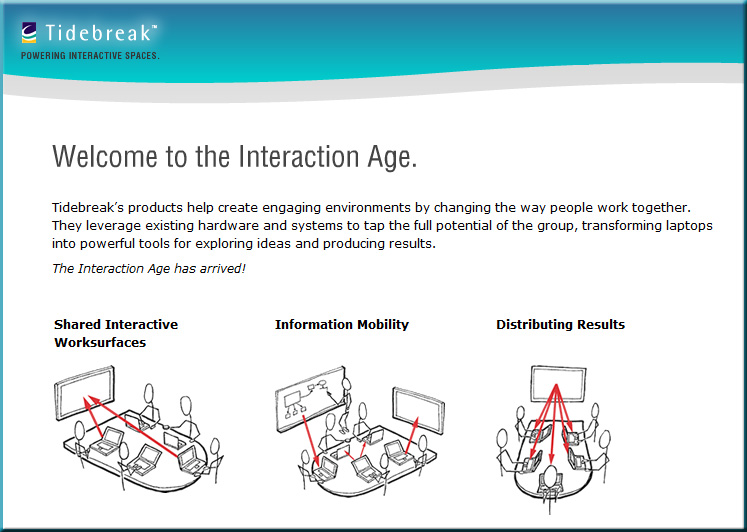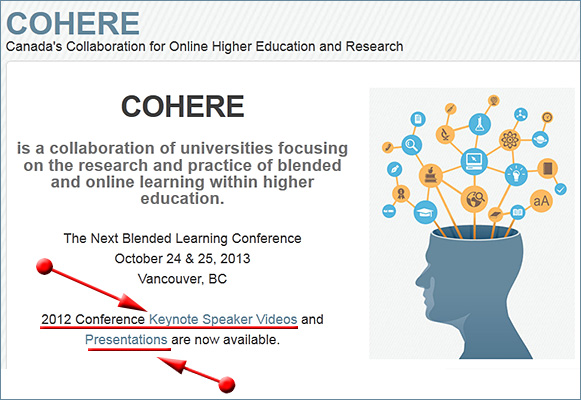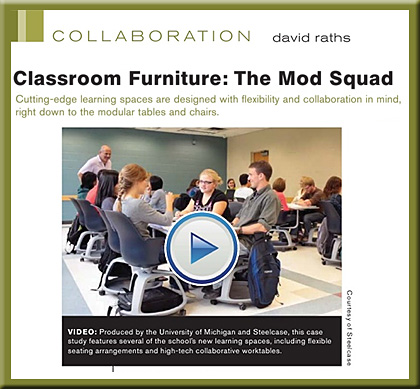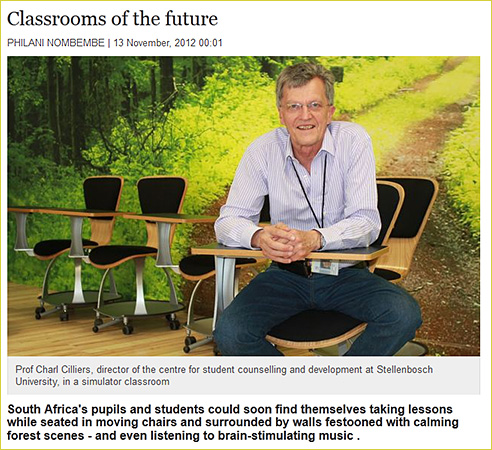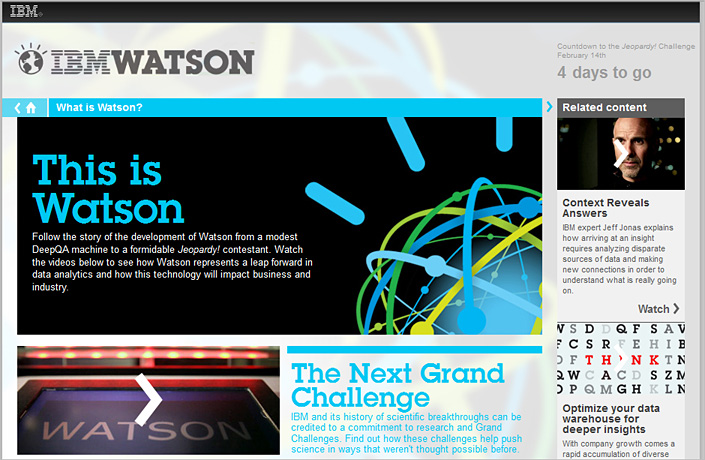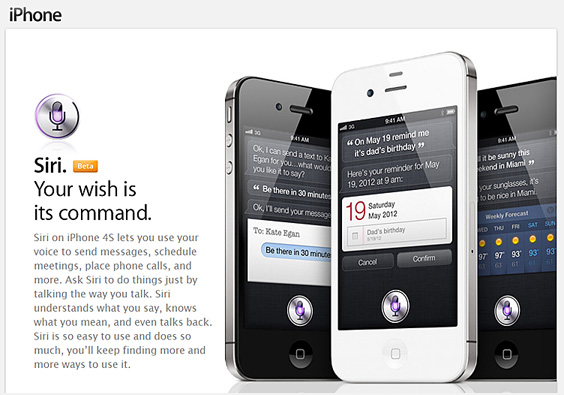Introducing…the Learning Dashboard — from khanacademy.org on Thu, 15 Aug 2013
Excerpt:
The new learning dashboard is your personal homepage on Khan Academy. The dashboard gives you an easy way to find the best next things for you to do. It has a bunch of really cool things designed to help you learn math, and soon other subjects, really well on your own or with a coach.
From DSC:
This is the type of innovation that makes online/blended learning even more powerful/useful.
The NYT just made it way easier to remix its journalism — from by Robinson Meyer
Bringing the simple power of logic (if! then!) to the social web

Excerpt (emphasis DSC):
The New York Times has now opened a channel at the website If This, Then That (IFTTT). For journalism hackers and tinkering readers, this is fine news.
IFTTT is elegantly useful and usefully elegant. For a variety of sites and services (Evernote! Instagram! Dropbox!), IFTTT combines “triggers” and “actions,” so that when one thing happens on one service, something else happens on another. You can say, if I take a picture on Instagram, then automatically save it to Dropbox.
Or: If my Facebook profile picture changes, then (automatically) change my Twitter picture too.
It even connects to SMS, so you can say: If it begins to rain in my zipcode, then text me about it.
From DSC:
How might this concept be used in conjunction with digital playlists/learning? If I finished the XYZ module over here at U of X, then start ABC over here at ___.
Apple gears up for the video discovery wars — from fastcolabs.com by Michael Grothaus
Think Apple’s Matcha.tv acquisition was about its programming guide service? You’re probably wrong. There’s a new war brewing in online video: helping users find the stuff they want.
From DSC:
Instead of discovering videos only, how about discovering items along the lines of what you are trying to learn more about? i.e. Matcha.tv meets Google Alerts meets IBM’s Watson.
The Coming Big Data Education Revolution — from by Doug Guthrie
Big data, not MOOCS, will give institutions the predictive tools they need to improve outcomes for individual students
Excerpt (emphasis):
Don’t get me wrong, online learning will fundamentally transform higher education, bridging distances and creating access in ways that have not been possible before. But, in this arena, MOOCs are not a transformative innovation that will forever remake academia. That honor belongs to a more disruptive and far-reaching innovation – “big data.” A catchall phrase that refers to the vast numbers of data sets that are collected daily, big data promises to revolutionize online learning and, in doing so, higher education.
Big data in the online learning space will give institutions the predictive tools they need to improve learning outcomes for individual students. By designing a curriculum that collects data at every step of the student learning process, universities can address student needs with customized modules, assignments, feedback and learning trees in the curriculum that will promote better and richer learning.











![The Living [Class] Room -- by Daniel Christian -- July 2012 -- a second device used in conjunction with a Smart/Connected TV](http://danielschristian.com/learning-ecosystems/wp-content/uploads/2012/07/The-Living-Class-Room-Daniel-S-Christian-July-2012.jpg)


